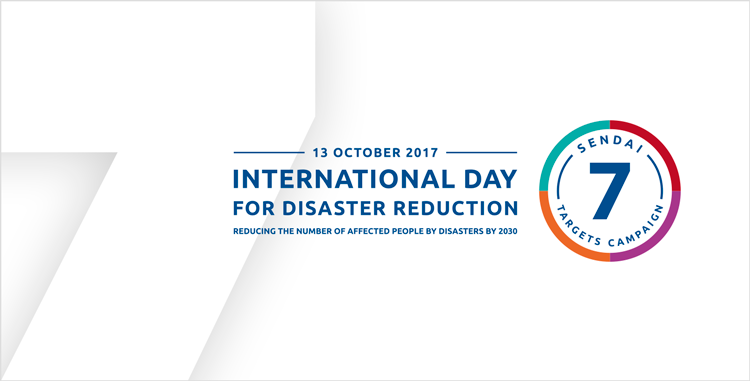KATHMANDU: International Day of Disaster Reduction day is being marked today with a theme ‘Reduce disaster damage to critical infrastructure and disruption of basic services”.
The day is marked to focus on the target of the Sendai Framework. According to the UN, the Sendai framework highlights “Substantially to reduce disaster damage to critical infrastructure and disruption of basic services, among them health and education facilities, including through developing their resilience by 2030.”
Every year, disasters caused by natural hazards affect millions of people around the world. Through its activities in the areas of education, social and natural sciences, culture and communication, and information, UNESCO supports the Member States in the implementation of the Sendai Framework for Disaster Risk Reduction, endorsed by the United Nations and aligned with the 2030 Agenda for Sustainable Development and the Paris Agreement on Climate Change.
Among the critical infrastructure affected by disasters worldwide are many heritage sites and cultural repositories. In addition to possessing a special symbolic value, these heritage assets provide important goods and services, whose disruption post-disaster has a significant impact on the resilience of their communities. UNESCO works, therefore, to support its Member States in preparing and responding to emergencies related to disasters.
In 2018, at the request of the Togolese State, UNESCO sent an emergency mission to Koutammakou, the Land of the Batammariba (Togo) World Heritage site following the collapse of the Sikh constructions during the rainy season. This mission held working sessions with authorities at different levels, community members and technical services. A field visit to the Koutammakou site made it possible to assess the situation. The mission was funded by the Heritage Emergency Fund and underlined the need to provide financial support for the renovation work on the site.
At the World Heritage site of the Minaret and Archaeological Remains of Jam (Afghanistan), UNESCO is also working to reduce risks caused by flooding thanks to funding received in June this year, from the International Alliance for the Protection of Heritage in Conflict Areas (ALIPH) of USD 1.9 million.
The project aims to develop a detailed Conservation Plan for the Minaret of Jam, as well as to implement urgent measures to support the stability of the monument and Afghan capacity-building activities.
The conservation plan for the Minaret will focus on improving the protection, structural stability and overall monitoring of the site. One of the aspects of the project is to create a sustainable environment for the training and employment of local professionals. UNESCO experts will work closely with a team of Afghan professionals from Ministries and universities to strengthen local capacities. Together with the surrounding remains, the Minaret was the first site in Afghanistan to be inscribed on UNESCO’s World Heritage List and on the List of World Heritage in Danger in 2002.
The World Heritage Convention is geared towards building resilience in the world’s most iconic places. Let us work together to protect our common heritage by continuing to focus on this year’s theme and implement the Sendai Framework by substantially reducing disaster damage to critical infrastructure and disruption services through developing resilience by 2030.









Comment